Home>Articles>How To Protect Induction Cooktop From Scratches
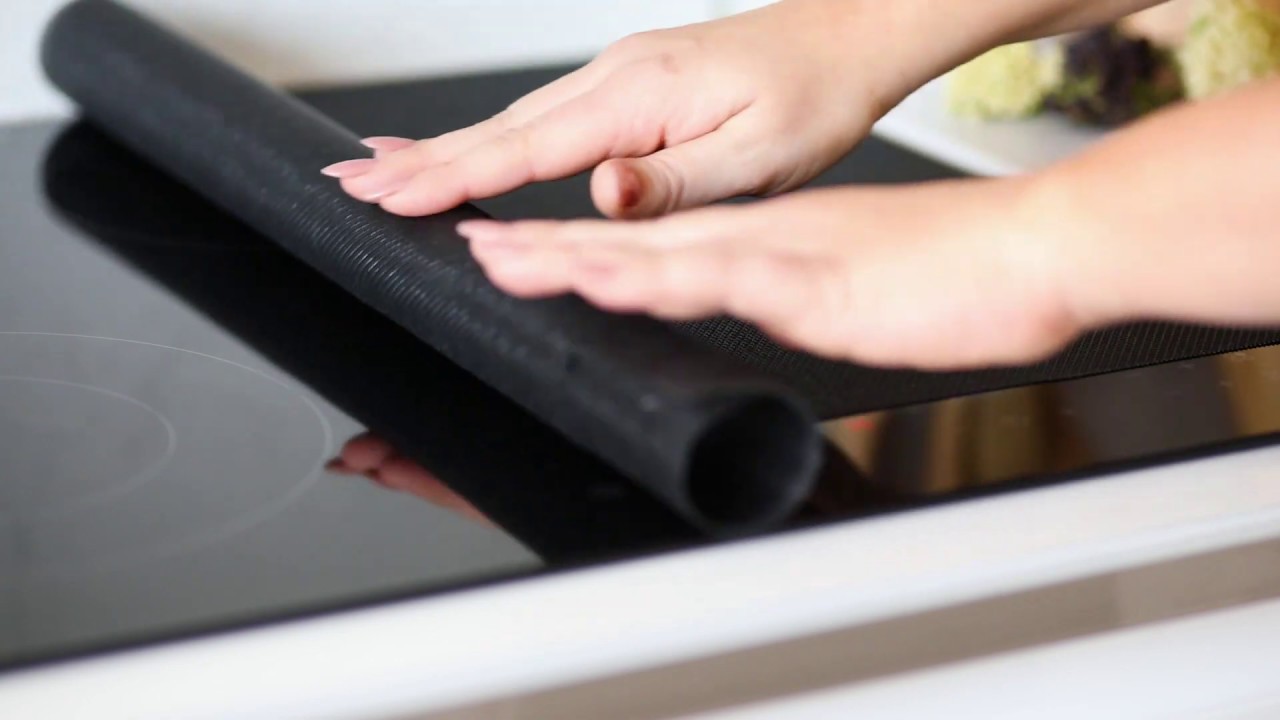

Articles
How To Protect Induction Cooktop From Scratches
Modified: August 20, 2024
Learn effective techniques and tips to protect your induction cooktop from scratches with our informative articles. Preserve the longevity and appearance of your cooktop!
(Many of the links in this article redirect to a specific reviewed product. Your purchase of these products through affiliate links helps to generate commission for Storables.com, at no extra cost. Learn more)
Introduction
Induction cooktops have become increasingly popular in recent years due to their energy efficiency and precise cooking capabilities. However, one common concern among induction cooktop owners is how to protect their cooktops from scratches and maintain their pristine appearance over time. Induction cooktops are generally made from glass-ceramic, which can be prone to scratching if not properly cared for.
In this article, we will explore the reasons why induction cooktops are susceptible to scratches and provide you with some best practices to protect your cooktop and keep it looking brand new. By following these tips, you can prolong the lifespan of your induction cooktop and enjoy its benefits for years to come.
Key Takeaways:
- Protect your induction cooktop from scratches by choosing the right cookware, using protective mats, and being gentle while cooking and cleaning. Regular inspections and repairs can help maintain its pristine condition and prolong its lifespan.
- Prioritize induction-compatible cookware with smooth bottoms, and consider using protective mats or trivets to prevent scratches. Regular cleaning and maintenance are crucial for minimizing debris buildup and preserving the cooktop’s appearance.
Read more: How To Protect Glass Cooktop From Scratches
Why Induction Cooktops Are Prone to Scratches
Induction cooktops are designed with a smooth, glass-ceramic surface that not only looks sleek but also helps distribute heat evenly. However, this glass-ceramic surface is delicate and can easily be scratched if not handled with care.
Here are a few reasons why induction cooktops are more prone to scratches compared to other types of cooktops:
- Hard materials: Induction cooktops are often made of a tough glass-ceramic material that can withstand high temperatures. While this material is durable, it is still susceptible to scratches from harder materials like metal utensils or cookware with rough bottoms.
- Inherent sensitivity: The smooth surface of an induction cooktop can be easily marred by even the tiniest of particles. Dust, food debris, and crumbs can act as abrasives when cooking or cleaning the cooktop, resulting in scratches over time.
- Incorrect cookware: Using the wrong type of cookware on an induction cooktop can also lead to scratches. Cookware with uneven or rough bottoms can create friction against the cooktop, causing scratches or even damage to the surface.
Understanding these factors can help you take the necessary precautions to prevent scratches and maintain the pristine condition of your induction cooktop.
Best Practices to Protect Your Induction Cooktop
To keep your induction cooktop looking brand new and scratch-free, it’s important to implement some best practices for protection. By following these guidelines, you can safeguard your cooktop and extend its lifespan:
- Choosing the Right Cookware: Opt for cookware that is specifically designed for induction cooktops. Look for pots and pans with flat, smooth bottoms made from materials such as stainless steel or cast iron. Avoid using cookware with rough or uneven surfaces as they can scratch the cooktop.
- Using Cookware with Smooth Bottoms: Before placing your cookware on the induction cooktop, ensure that the pot or pan bottom is clean and free from any food debris or residue. Even small particles can cause scratches when they come in contact with the glass-ceramic surface.
- Cleaning and Maintaining Your Cooktop: Regularly clean your induction cooktop using a soft, non-abrasive cloth or sponge. Avoid using abrasive cleaners or scouring pads, as they can scratch the surface. If there are stubborn stains or spills, use a cooktop cleaner specifically designed for glass-ceramic surfaces.
- Adding Protective Mats or Trivets: Consider using protective mats or trivets on your induction cooktop when placing hot cookware on it. This creates a barrier between the cookware and the cooktop, reducing the risk of scratches or heat damage.
- Being Gentle while Cooking and Cleaning: When stirring food or using utensils on your induction cooktop, be mindful of the surface. Avoid using excessive force or dragging heavy cookware across the cooktop, as this can cause scratches. Similarly, when cleaning, use gentle motions to avoid inadvertently scratching the surface.
- Avoiding Dragging or Sliding Cookware: Lift your cookware instead of sliding it across the cooktop surface. Dragging or sliding heavy pots and pans can result in scratches. Always place cookware carefully on the cooktop instead of dropping or banging it down.
- Using Induction Cooktop Covers or Protectors: Consider investing in induction cooktop covers or protectors. These specialized accessories provide an additional layer of protection, preventing scratches and minimizing the risk of accidental damage.
- Regularly Inspecting and Repairing Cooktop Surface: Periodically inspect your induction cooktop for any signs of damage or scratches. If you notice any issues, such as deep or extensive scratches, consult a professional for repair or replacement. Addressing such issues promptly can prevent further damage and maintain the integrity of your cooktop.
By implementing these best practices, you can protect your induction cooktop from scratches and preserve its pristine appearance. Remember to practice gentle handling, use proper cookware, and maintain regular cleaning and inspections to ensure the longevity of your cooktop.
Choosing the Right Cookware
When it comes to protecting your induction cooktop from scratches, selecting the right cookware is crucial. Opting for cookware that is specifically designed for induction cooktops can help minimize the risk of scratches and damage. Here are some factors to consider when choosing the right cookware:
- Flat and Smooth Bottoms: Look for cookware with flat, smooth bottoms. This ensures maximum contact between the cookware and the induction cooktop, promoting even heat distribution and reducing the chances of scratching the surface.
- Material Compatibility: Different materials respond differently to induction cooking. Stainless steel, cast iron, and certain types of ceramic cookware are highly compatible with induction cooktops. Avoid using cookware made from materials like aluminum, glass, or copper, as they may not work efficiently or may even scratch the cooktop surface.
- Weight of Cookware: Heavy-duty cookware tends to perform better on induction cooktops. The weight of the cookware helps to anchor it securely on the surface, reducing the potential for movement and scratches. However, be cautious not to drop or bang heavy cookware onto the cooktop surface, as this can cause damage.
- Quality of Cookware: Invest in high-quality cookware that is built to withstand the rigors of induction cooking. Poorly constructed or inexpensive cookware may have rough bottoms or uneven surfaces, which can scratch your cooktop. Look for reputable brands known for producing induction-compatible cookware.
When shopping for cookware, look for labels or indications that specifically mention compatibility with induction cooktops. Manufacturers often include this information on their product packaging or in the product description.
It’s worth noting that while induction cookware may be more expensive compared to conventional cookware, it is a worthwhile investment. Induction cookware is designed to optimize heat transfer and reduce the likelihood of scratches, ensuring the longevity of your cooktop.
By choosing the right cookware for your induction cooktop, you can minimize the risk of scratches and maximize the efficiency and performance of your cooking experience.
Using Cookware with Smooth Bottoms
Choosing cookware with smooth bottoms is essential to protect your induction cooktop from scratches. The smoothness of the cookware’s bottom surface is crucial because any roughness or unevenness can create friction against the delicate glass-ceramic surface of the cooktop, leading to scratches and damage over time. Here are some tips on using cookware with smooth bottoms:
- Inspect Cookware Bottoms: Before using any cookware on your induction cooktop, inspect the bottom surface for any rough textures, burrs, or imperfections. These imperfections can cause scratches on the cooktop surface during regular use. If you notice any rough spots or unevenness, it is best to avoid using such cookware on your induction cooktop.
- Clean Cookware Bottoms: Prior to placing any cookware on the induction cooktop, ensure that the bottom surface is clean and free from any food debris, dirt, or stains. Even tiny particles can act as abrasives and scratch the glass-ceramic surface. Use a soft cloth or sponge to wipe away any residue before using the cookware on your cooktop.
- Avoid Sliding: When placing or removing cookware from the cooktop, avoid sliding it across the surface. Instead, lift the cookware gently to prevent any potential contact between the rough bottom and the cooktop. Sliding heavy or rough-bottomed cookware can cause scratches and damage the glass-ceramic surface.
- Consider Using Protective Pads: To further protect your induction cooktop, you can place a protective pad or silicone mat between the cookware and the surface. These pads provide an additional layer of insulation and help minimize the risk of scratches and heat damage. However, ensure that the pads are suitable for use with induction cooktops and can withstand high temperatures without melting or deforming.
It is important to note that even with cookware with smooth bottoms, it is crucial to handle them with care. Avoid dropping or banging the cookware onto the cooktop surface, as this can cause scratches or even crack the glass-ceramic top. Always place the cookware carefully on the cooktop to minimize any potential damage.
By using cookware with smooth bottoms and practicing gentle handling techniques, you can significantly reduce the risk of scratches on your induction cooktop and maintain its pristine appearance for years to come.
Cleaning and Maintaining Your Cooktop
Cleaning and maintaining your induction cooktop is crucial for both its appearance and longevity. Regular cleaning helps prevent dirt, grease, and food particles from accumulating on the surface, which can potentially cause scratches. Follow these tips to clean and maintain your cooktop effectively:
- Use the Right Cleaning Agents: Use gentle and non-abrasive cleaning agents specifically designed for glass-ceramic surfaces. Avoid using harsh chemicals, abrasive cleaners, or rough cleaning pads, as they can scratch or damage the cooktop. Read the manufacturer’s instructions for recommended cleaning products.
- Allow the Cooktop to Cool Down: Before cleaning, ensure that the cooktop has cooled down completely to avoid any potential burns or damage. Trying to clean a hot cooktop can cause cleaning agents to evaporate quickly or leave streaks on the surface.
- Remove Food Spills Promptly: Clean up any food spills or stains as soon as possible to prevent them from becoming hardened or baked onto the cooktop surface. Use a damp cloth or sponge to gently wipe away the spills. For stubborn stains, make use of specialized cooktop cleaners and follow the instructions carefully.
- Use a Soft Cloth or Sponge: When cleaning your induction cooktop, use a soft cloth or sponge that is non-abrasive and won’t scratch the surface. Microfiber cloths are ideal for this purpose as they effectively lift dirt and residue without scratching.
- Scrape Off Residue Carefully: If there are any hardened or burnt-on debris on the cooktop, use a plastic scraper or a soft spatula to carefully scrape off the residue. Hold the scraper at a slight angle and apply gentle pressure to avoid scratching the surface. Be cautious not to use a metal scraper as it can leave scratches.
- Regularly Remove Grease Buildup: Grease and oil can accumulate on the cooktop, making it appear dull and unattractive. Wipe down the surface with a mild dish soap solution or a mixture of vinegar and water to remove grease buildup. Dry the cooktop thoroughly with a clean cloth to prevent water spots.
- Perform Regular Maintenance: Inspect your cooktop regularly for any signs of damage, such as scratches, cracks, or chips. Address any issues promptly by contacting a professional for repair or replacement. Regular maintenance and professional servicing can help prolong the lifespan of your induction cooktop.
By practicing regular cleaning and maintenance, you can keep your induction cooktop in pristine condition and minimize the risk of scratches. Remember to follow the manufacturer’s guidelines for cleaning and avoid using harsh cleaning agents or abrasive tools that can damage the glass-ceramic surface.
Use cookware with smooth, flat bottoms to prevent scratches on your induction cooktop. Avoid dragging or sliding pots and pans across the surface, and always lift them when moving.
Adding Protective Mats or Trivets
One effective way to protect your induction cooktop from scratches is by using protective mats or trivets. These accessories act as a barrier between your cookware and the delicate surface of the cooktop, reducing the risk of scratches and heat damage. Here are some tips for using protective mats or trivets:
- Select Heat-Resistant Mats or Trivets: When choosing protective mats or trivets, ensure they are heat-resistant and can withstand high temperatures. Look for mats or trivets specifically designed for use with induction cooktops to ensure compatibility.
- Place Mats or Trivets Under Hot Cookware: Before placing hot cookware on your induction cooktop, always use a protective mat or trivet. This creates a buffer between the cookware and the cooktop, minimizing the risk of scratches and heat damage. Make sure the mat or trivet is centered under the cookware to provide optimum protection.
- Opt for Silicone or Rubber Mats: Silicone or rubber mats are particularly effective at providing cushioning and protection for your induction cooktop. They offer heat resistance and tend to grip the cooktop surface, preventing slipping or movement of the cookware.
- Consider Adjustable Trivets: Some trivets come with adjustable heights, allowing you to elevate the cookware slightly above the surface. This can provide additional protection and prevent direct contact between the cookware and the cooktop, reducing scratches and potential heat damage.
- Ensure Stability: Ensure that the protective mats or trivets you use are stable and securely hold the cookware in place. Unstable or wobbly mats can increase the risk of accidents or damage to the cooktop. Additionally, confirm that the size of the mats or trivets is suitable for your cookware to prevent any imbalance.
- Regularly Clean Mats or Trivets: Clean the protective mats or trivets regularly to prevent any food debris or residue from transferring onto the cooktop surface. Refer to the manufacturer’s instructions for cleaning guidance, as mats or trivets may require specific care.
Protective mats or trivets offer a simple yet effective way to safeguard your induction cooktop. They provide an additional layer of protection against scratches and heat damage, ensuring the longevity and pristine appearance of your cooktop. Incorporating these accessories into your cooking routine can give you peace of mind and help maintain the value of your investment.
Being Gentle while Cooking and Cleaning
Practicing gentle techniques while cooking and cleaning is essential to protect your induction cooktop from scratches. Here are some important tips to keep in mind:
- Use Low to Medium Heat: When cooking on your induction cooktop, avoid using excessively high heat levels. High heat can cause cookware to expand rapidly, increasing the risk of scratching the cooktop when moving or adjusting the cookware. Opt for low to medium heat settings, and adjust as needed for your specific cooking requirements.
- Avoid Using Excessive Force: When stirring food or using utensils on your induction cooktop, be gentle and avoid applying excessive force. Using too much force can scratch the surface or even cause cracks in the delicate glass-ceramic material. Use gentle motions and minimal pressure to maintain the integrity of the cooktop.
- Use Soft Utensils: Opt for soft utensils made of materials like silicone, nylon, bamboo, or wood when cooking on your induction cooktop. These utensils are less likely to cause scratches compared to metal or stainless steel utensils. Avoid using metal utensils that can scrape the cooktop surface and opt for non-abrasive options instead.
- Be Mindful of Spills: Accidents happen, and spills are inevitable in the kitchen. However, it is crucial to address spills promptly and take care while cleaning them up. Spills can contain abrasive particles or acidic substances that can cause scratches or damage the cooktop surface. Clean up spills with a soft cloth or sponge, using gentle motions to avoid scratching the cooktop.
- Avoid Harsh Cleaning Techniques: Be cautious not to use harsh cleaning techniques that can lead to scratches. Avoid using abrasive cleaners, scrub brushes, or scouring pads on your induction cooktop. These can cause damage to the glass-ceramic surface, leaving visible scratches. Stick to gentle cleaning solutions and soft cloths for effective and safe cleaning.
- Handle Cookware with Care: When moving or adjusting cookware on your induction cooktop, handle it with care. Lift the cookware instead of dragging or sliding it across the surface, as this can scratch the delicate glass-ceramic material. Always place the cookware gently on the cooktop to avoid any impact that could cause damage.
By practicing gentleness while cooking and cleaning, you can prevent scratches and maintain the pristine appearance of your induction cooktop. Remember to handle cookware and utensils with care and use gentle cleaning techniques to ensure the longevity of your cooktop.
Avoiding Dragging or Sliding Cookware
One simple yet effective way to protect your induction cooktop from scratches is by avoiding the dragging or sliding of cookware. Dragging or sliding heavy or rough-bottomed cookware across the glass-ceramic surface can cause abrasion and scratches over time. Here are some important tips to prevent this:
- Lift instead of Slide: When placing or removing cookware from your induction cooktop, always lift the cookware instead of dragging or sliding it across the surface. This simple action can greatly reduce the risk of scratches. Lift the cookware with both hands, ensuring a secure grip and minimal contact with the cooktop.
- Handle Cookware with Care: Treat your cookware with care to prevent unnecessary scratches. Avoid dropping or banging cookware onto the cooktop surface, as this can cause visible damage or even cracks. Place the cookware gently on the cooktop, ensuring a stable and secure position.
- Be Mindful of Rough Bottoms: Some cookware may have rough bottoms due to their manufacturing or wear and tear. Exercise caution when using such cookware on your induction cooktop. Even with gentle handling, rough-bottomed cookware can still cause scratches. Consider using other cookware or adding a protective mat or trivet to minimize the risk.
- Clean Cooktop Regularly: Regularly cleaning your induction cooktop helps in preventing debris or residue build-up that can cause friction when sliding cookware. By maintaining a clean and smooth surface, you reduce the chances of scratches caused by particles getting trapped between the cookware and the cooktop.
- Inspect Cookware Bottoms: Before using any cookware, inspect the bottom surface for any rough spots, scratches, or debris. Even small imperfections and foreign particles can cause scratches when dragged or slid on the cooktop. Avoid using cookware with damaged or uneven bottoms to protect your cooktop.
- Use Cookware with Smooth Bottoms: To further reduce the risk of scratching, prioritize using cookware with smooth and flat bottoms on your induction cooktop. Smooth-bottomed cookware provides better contact with the surface, minimizing the opportunity for scratches caused by friction. Consider investing in high-quality induction-compatible cookware to ensure a smooth cooking experience.
By being mindful of how you handle and place cookware on your induction cooktop and avoiding dragging or sliding, you can significantly reduce the risk of scratches. Remember, preventative measures and gentle handling are key to maintaining the pristine appearance of your cooktop.
Using Induction Cooktop Covers or Protectors
Using induction cooktop covers or protectors is a great way to add an extra layer of protection and prevent scratches on your cooktop. These specialized accessories are designed to safeguard the glass-ceramic surface from scratches, spills, and even heat damage. Here’s what you need to know about using induction cooktop covers or protectors:
- Select the Right Cover: When choosing an induction cooktop cover or protector, ensure that it is specifically designed for use with your cooktop model. The cover should fit securely and provide full coverage of the cooktop surface to effectively protect it from scratches.
- Ease of Installation: Look for covers or protectors that are easy to install and remove. They should securely fit onto the cooktop without causing any damage or leaving residue. Ideally, the cover should have a non-slip surface to prevent it from shifting or moving during use.
- Heat Resistance: Verify that the induction cooktop cover or protector is heat resistant and can withstand the high temperatures generated during cooking on an induction cooktop. This is especially important if you plan to use the protector while cooking rather than just for storage.
- Protection against Spills and Stains: In addition to preventing scratches, induction cooktop covers or protectors can also guard against spills, stains, and other forms of damage. They provide a barrier between the cookware and the cooktop, minimizing the risk of spills seeping into the glass-ceramic surface.
- Ease of Cleaning: Opt for a cooktop cover or protector that is easy to clean. Look for materials that are easy to wipe or wash, ensuring that any food debris or spills can be easily removed. Regular cleaning of the cover or protector helps maintain its effectiveness and keeps your cooktop looking clean.
- Consider Customizable Options: Some induction cooktop covers or protectors offer customizable features, such as pre-cut sections or adjustable sizes. This allows you to tailor the cover to fit your specific cooktop dimensions, providing a snug and precise fit that maximizes protection.
- Follow Manufacturer’s Instructions: Always follow the manufacturer’s instructions for installation, use, and care of the induction cooktop cover or protector. Each product may have specific guidelines and recommendations to ensure optimal performance and protection. Adhering to these instructions will help you get the most out of your cover or protector.
Using an induction cooktop cover or protector can provide peace of mind and help maintain the pristine condition of your cooktop. Ensure you choose a high-quality cover or protector that is designed for your specific cooktop model and follow proper installation and care instructions. With the added protection of a cover, you can enjoy cooking on your induction cooktop without worrying about scratches or damage.
Regularly Inspecting and Repairing Cooktop Surface
Regularly inspecting and repairing your induction cooktop surface is an essential step in ensuring its longevity and preventing further damage. By detecting and addressing issues early on, you can prevent minor scratches from turning into major ones and maintain the overall performance and appearance of your cooktop. Here’s what you need to know:
- Perform Regular Visual Inspections: Regularly inspect your induction cooktop surface for any signs of damage, such as scratches, cracks, or chips. This can be done during your routine cleaning or whenever you are using the cooktop. Look closely at the surface from different angles and lighting conditions to identify any issues.
- Address Scratches Promptly: If you notice any scratches on your induction cooktop, take action right away. Small scratches can often be repaired with specialized cooktop cleaning products or scratch repair kits designed for glass-ceramic surfaces. Follow the instructions carefully and gently buff out the scratches to restore the smooth appearance of the cooktop.
- Consult a Professional for Major Issues: For deep scratches, cracks, or significant damage to the glass-ceramic surface, it is advisable to seek professional assistance. Contact the manufacturer or a certified technician who specializes in induction cooktop repairs. They will be able to assess the damage and provide appropriate solutions, which may include surface refinishing or replacement.
- Follow Manufacturer’s Guidelines: Always refer to the manufacturer’s guidelines and recommendations for inspection, maintenance, and repair of your induction cooktop. Following these guidelines will ensure that you are taking the necessary steps to protect your cooktop and maintain its warranty coverage.
- Protective Measures during Repairs: In the event that repairs are needed or professionals are working on your cooktop, take additional precautions to avoid further damage. Cover the cooktop with a protective cloth or board to prevent accidental scratches or impacts during the repair process.
- Consider Regular Servicing: Consider scheduling regular servicing of your induction cooktop to ensure it is functioning optimally and to address any potential issues or damage. Professional inspections and maintenance can help identify and resolve problems early on, saving you from costly repairs in the future.
- Handle with Care: While regular inspections and repairs are essential, prevention is always better than cure. Handle your induction cooktop with care, follow the best practices outlined in this article, and be mindful of the cookware and utensils you use. Practicing gentle techniques and proper maintenance can minimize the risk of scratches and damage.
By regularly inspecting your induction cooktop surface, addressing scratches promptly, and seeking professional help when necessary, you can prolong the lifespan of your cooktop and keep it in optimal condition. Take the time to care for your cooktop, and it will reward you with many years of efficient and trouble-free cooking.
Conclusion
Protecting your induction cooktop from scratches is essential for both its appearance and performance. By following the best practices outlined in this article, you can minimize the risk of scratches and maintain the pristine condition of your cooktop.
Choosing the right cookware with smooth bottoms, using protective mats or trivets, and being gentle while cooking and cleaning are key steps in preventing scratches. Additionally, regularly inspecting and repairing your cooktop surface allows you to address any damage before it worsens.
Remember to prioritize the use of induction-compatible cookware with smooth bottoms to avoid scratching the glass-ceramic surface. Adding protective mats or trivets under hot cookware offers an extra layer of protection, while being gentle and mindful of your movements prevents accidental damage.
Proper cleaning and maintenance are crucial for preventing debris buildup and minimizing the risk of scratches. Use non-abrasive cleaning agents, soft cloths, and suitable utensils to keep your cooktop clean and scratch-free.
In case scratches do occur, address them promptly with the appropriate cleaning products or seek professional repair for more severe damage. Regular inspections and servicing can also help maintain the condition of your cooktop and ensure optimal performance.
By implementing these best practices and being proactive in caring for your induction cooktop, you can enjoy years of hassle-free and scratch-free use. Protecting your cooktop not only preserves its aesthetic appeal but also prolongs its lifespan, allowing you to continue enjoying the benefits of precise and efficient induction cooking.
Frequently Asked Questions about How To Protect Induction Cooktop From Scratches
Was this page helpful?
At Storables.com, we guarantee accurate and reliable information. Our content, validated by Expert Board Contributors, is crafted following stringent Editorial Policies. We're committed to providing you with well-researched, expert-backed insights for all your informational needs.
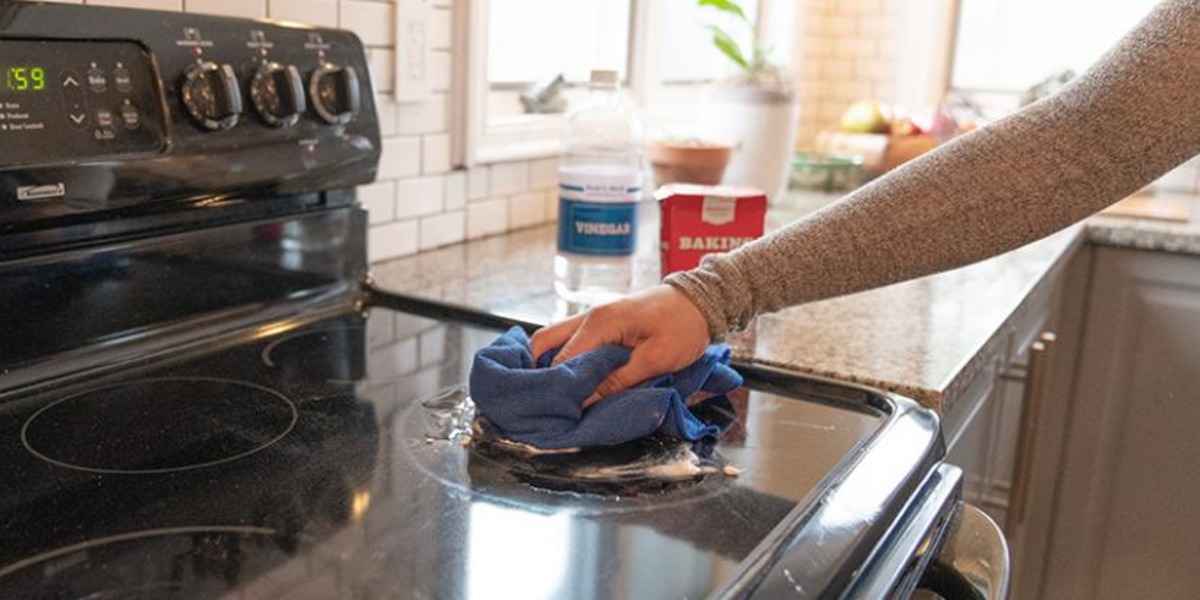
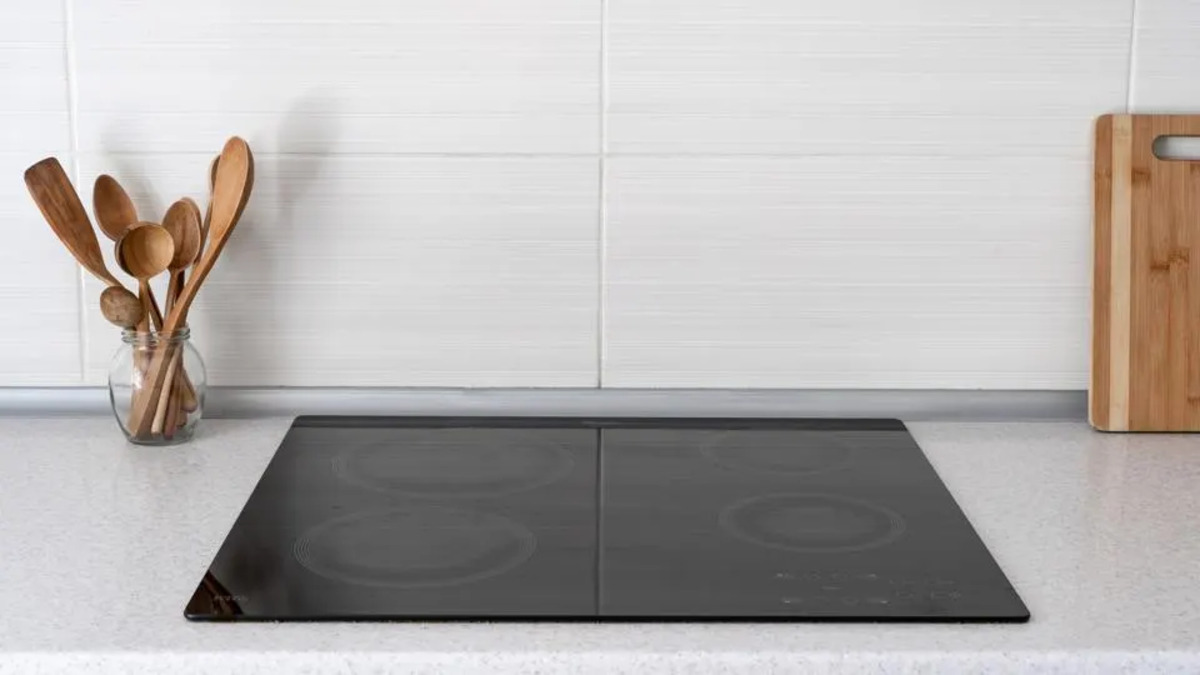
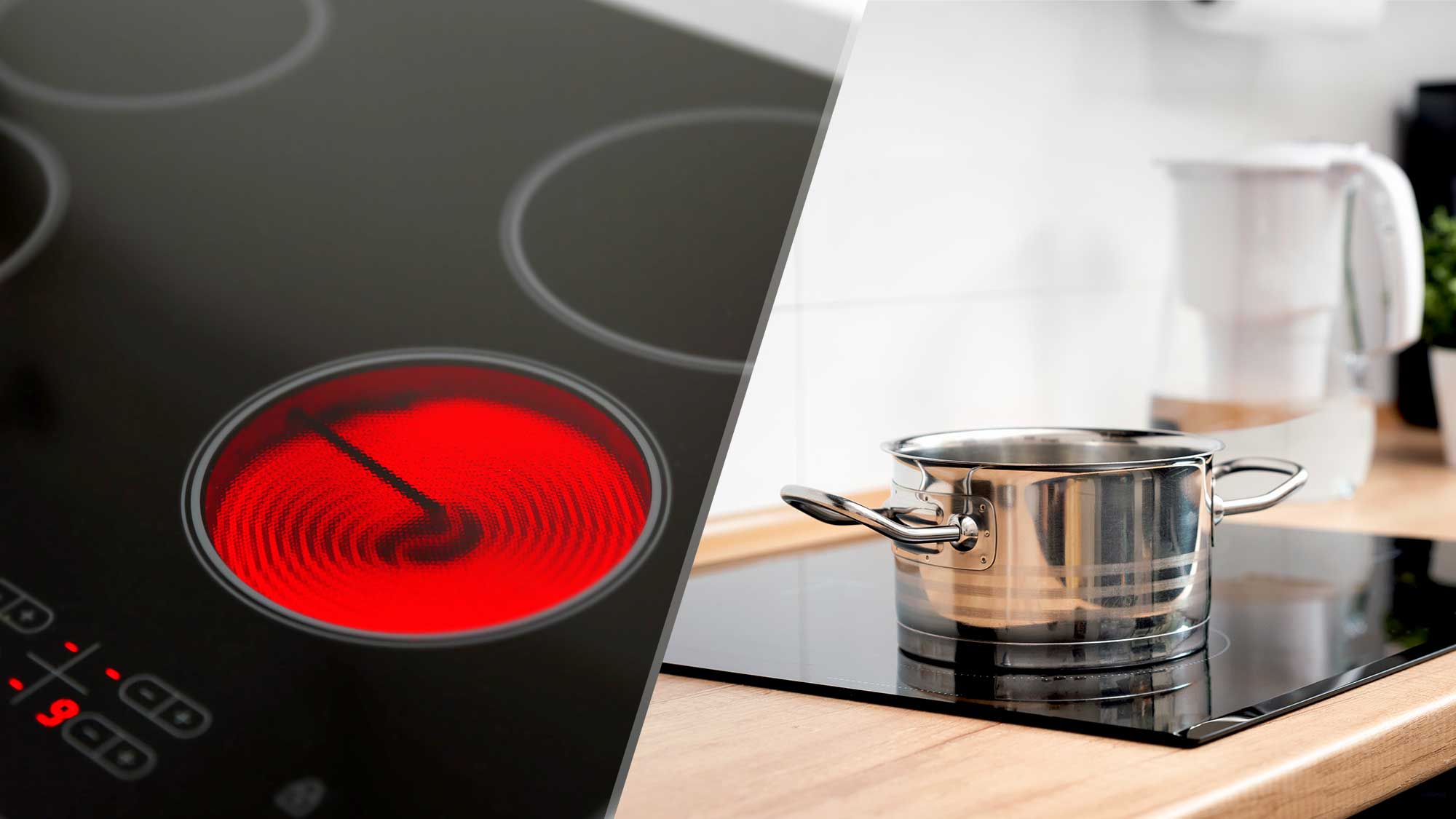
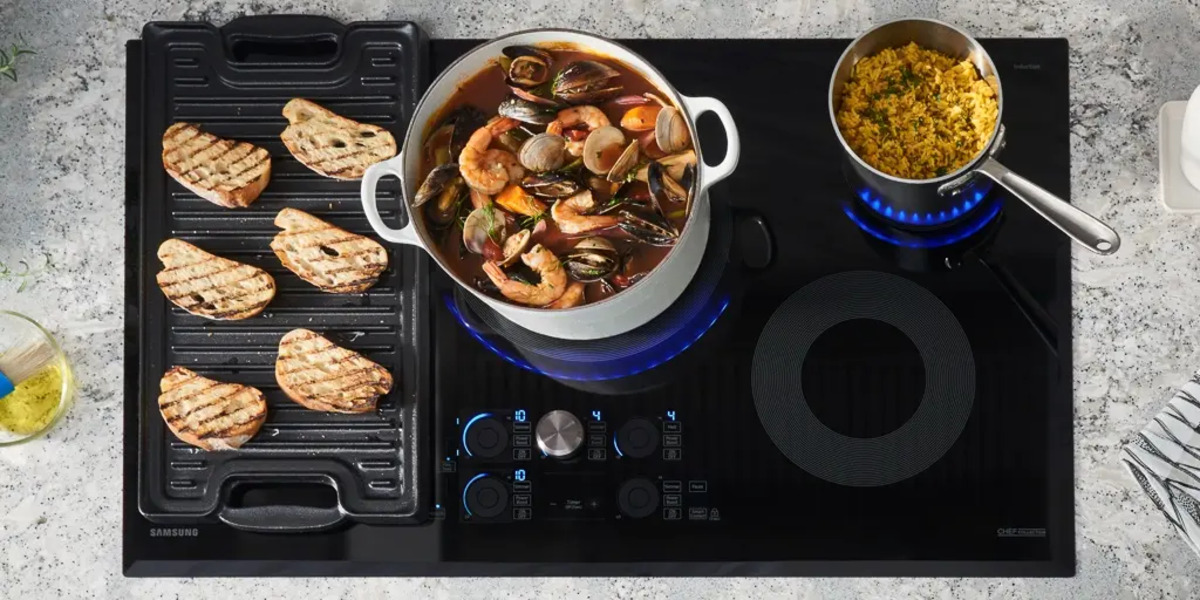
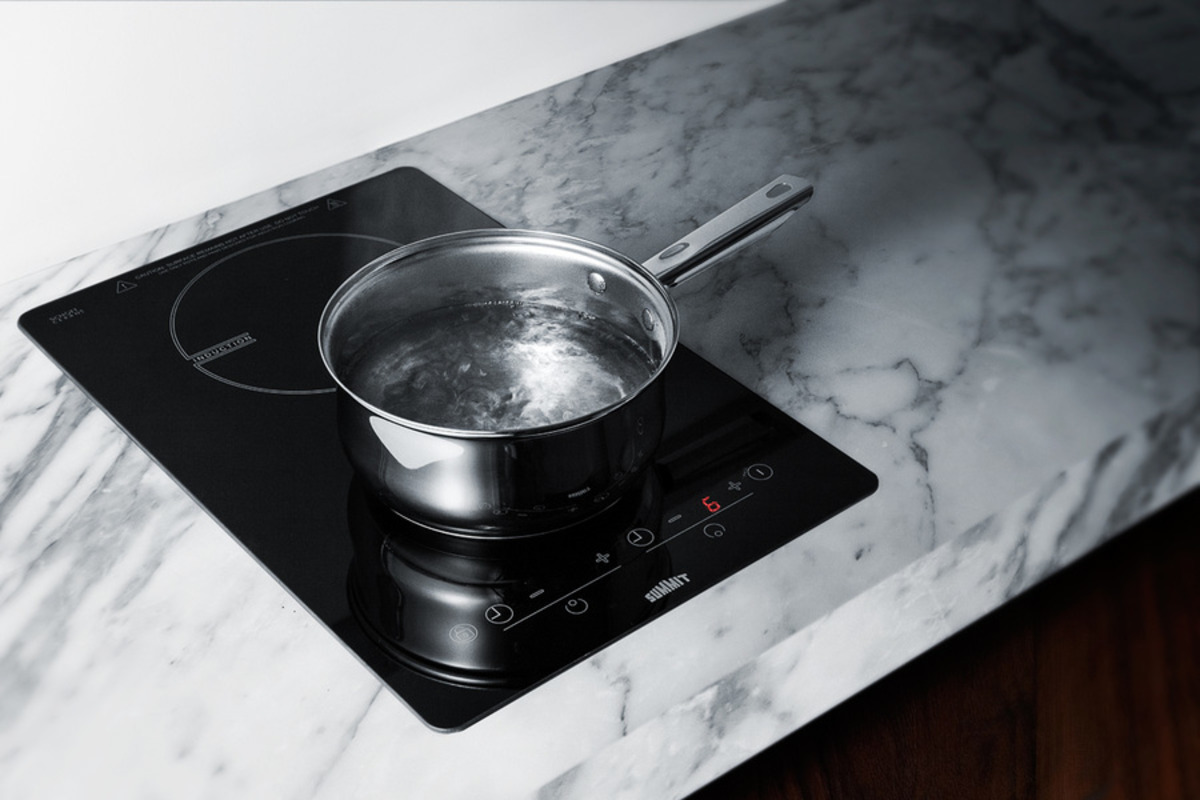
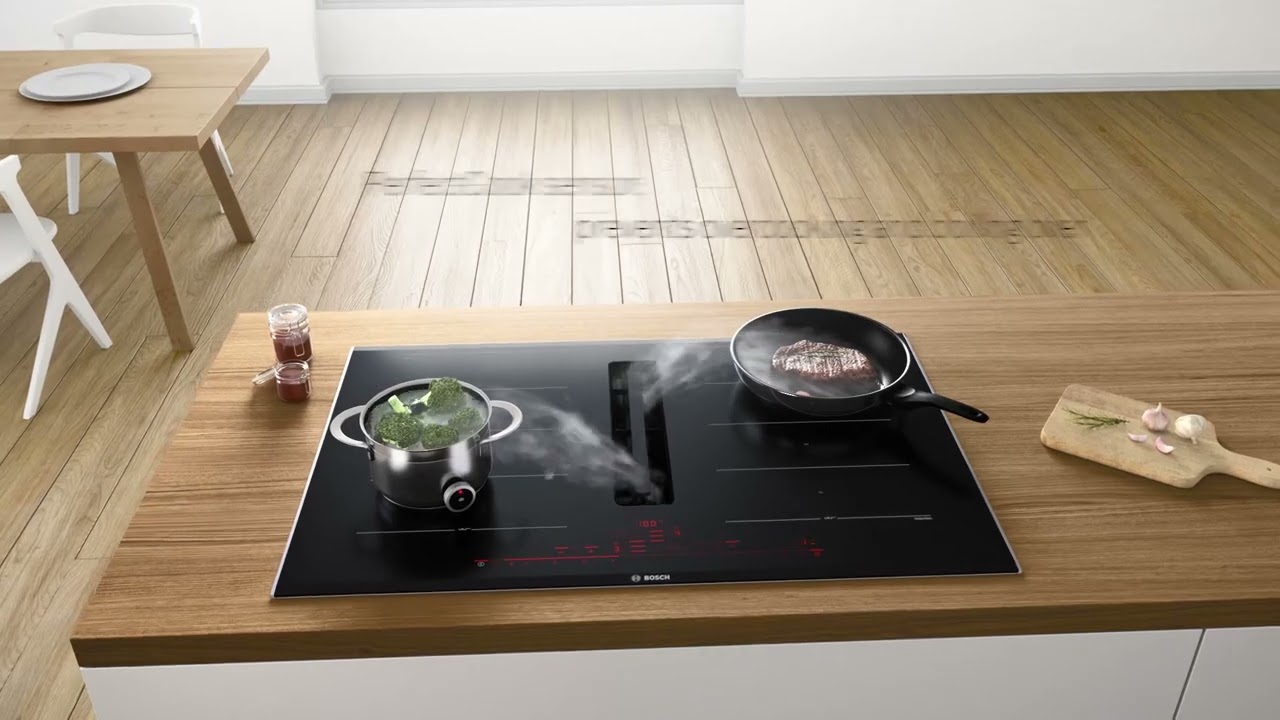
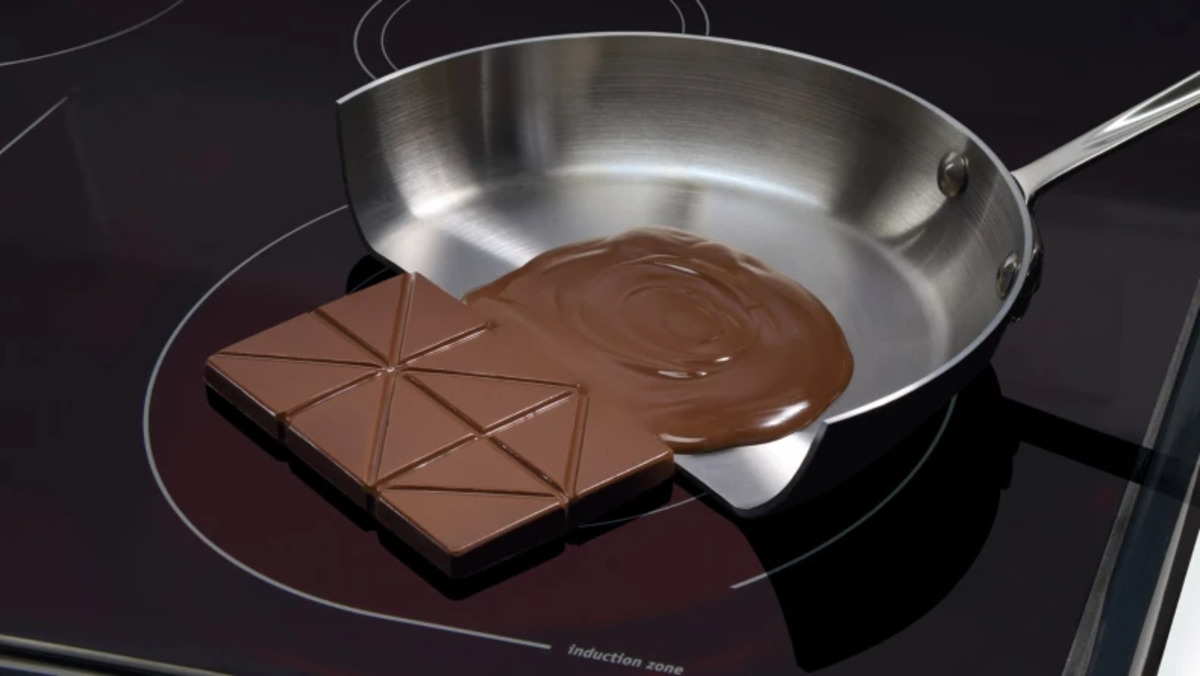
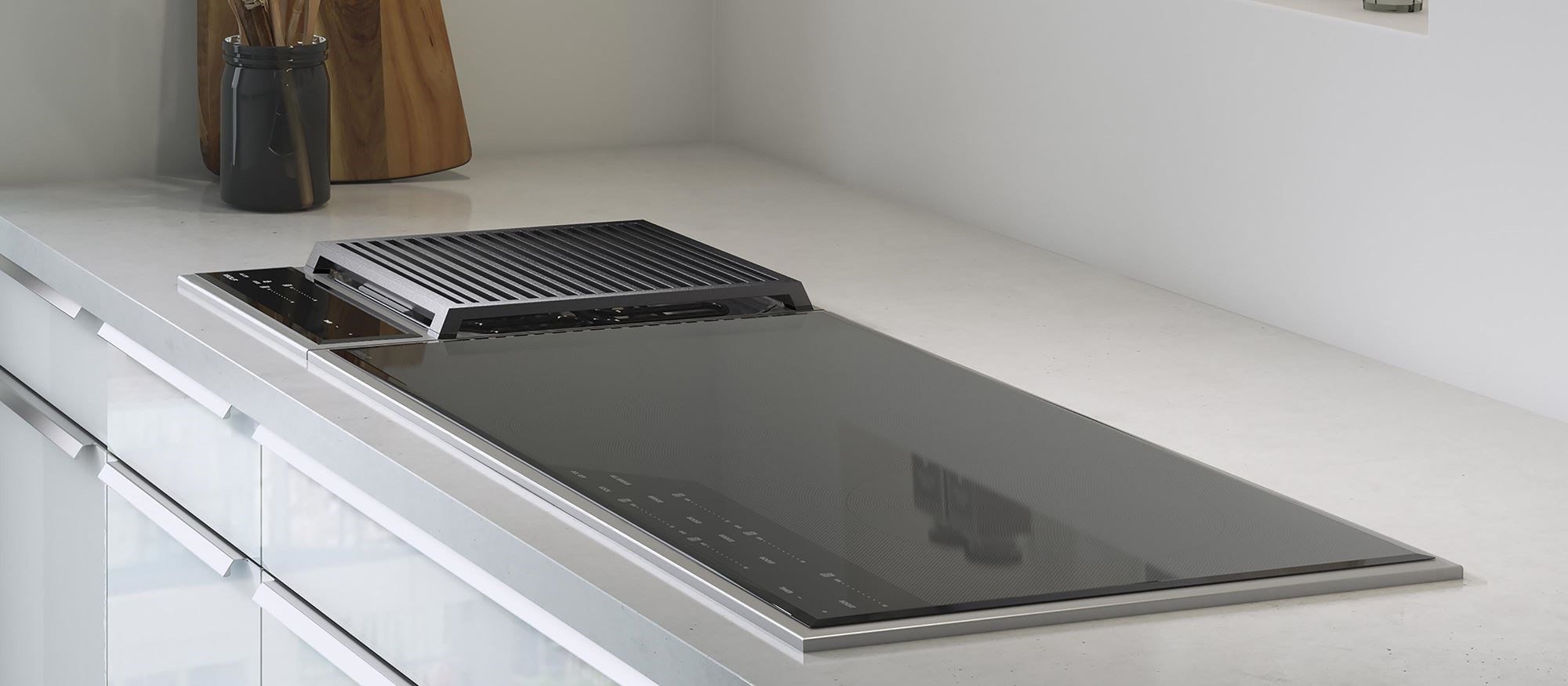

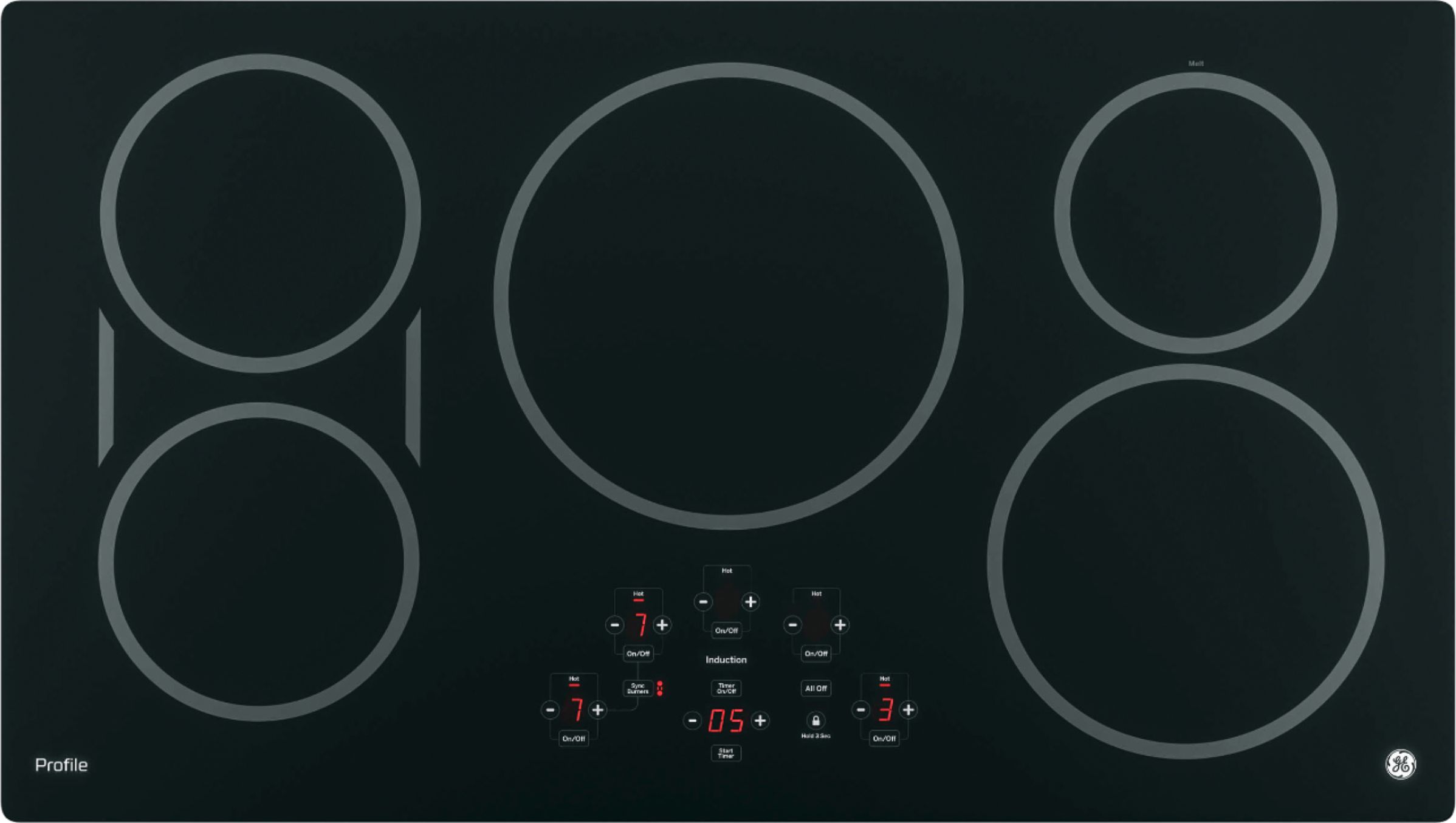
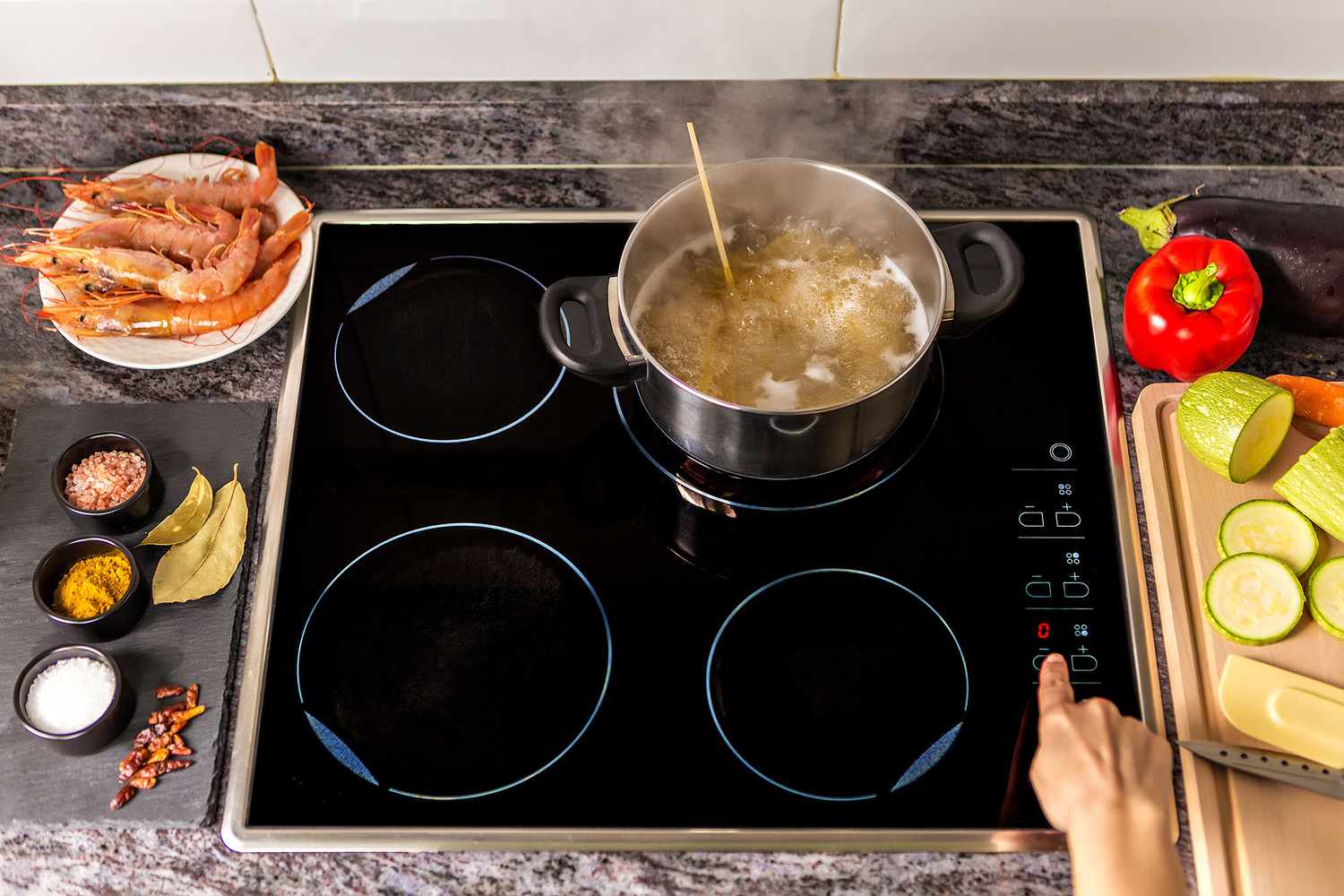
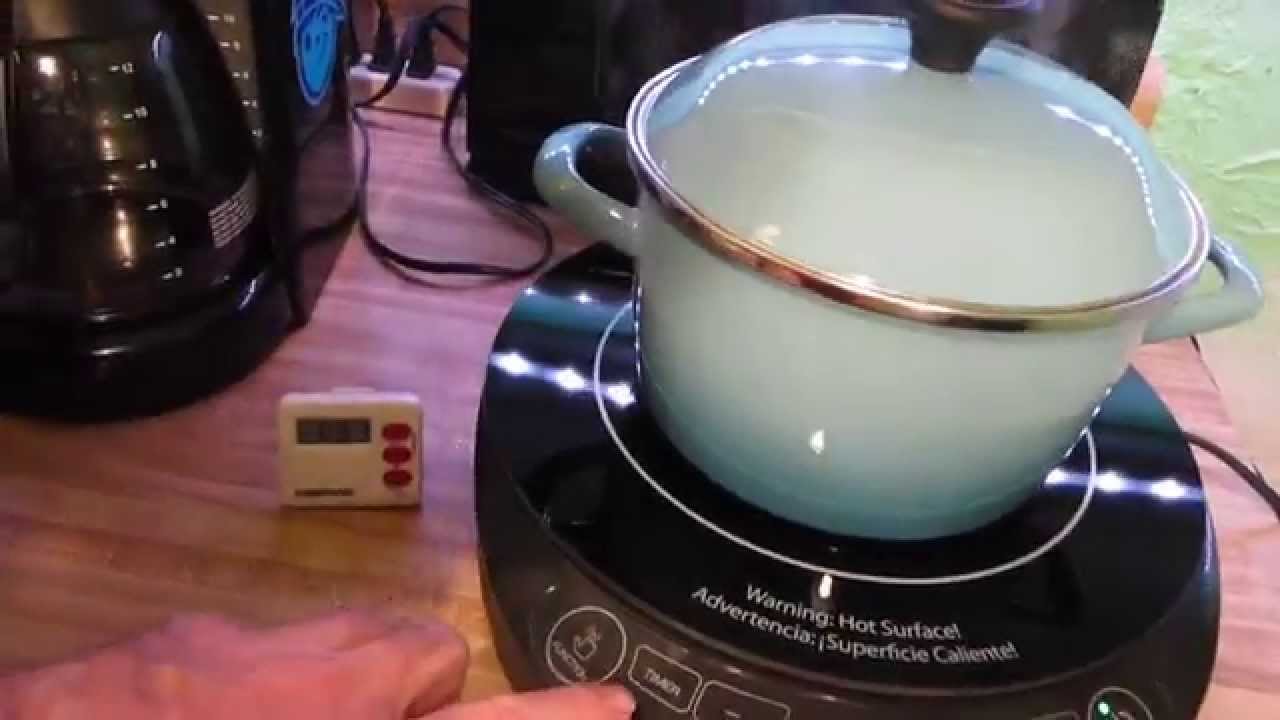
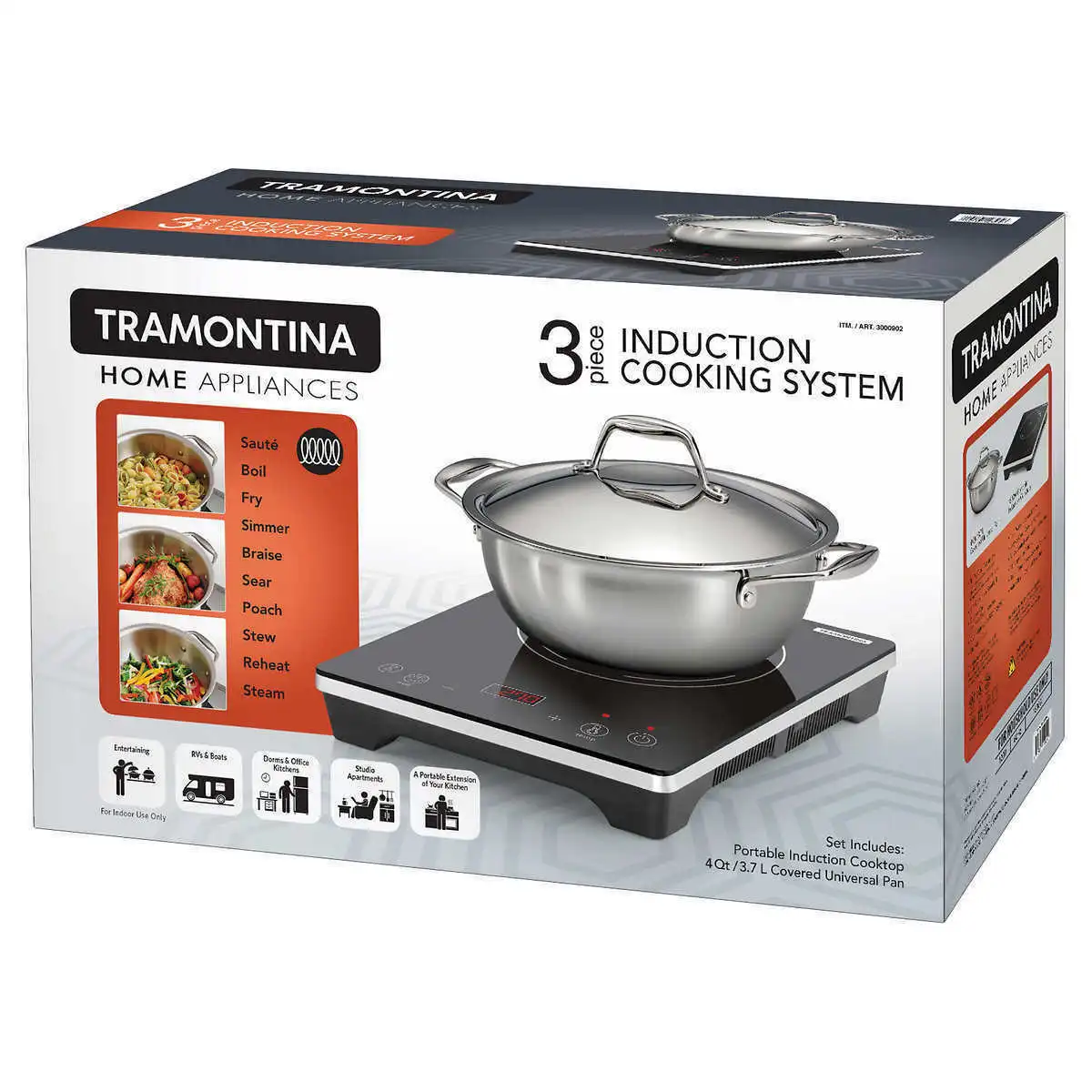

0 thoughts on “How To Protect Induction Cooktop From Scratches”